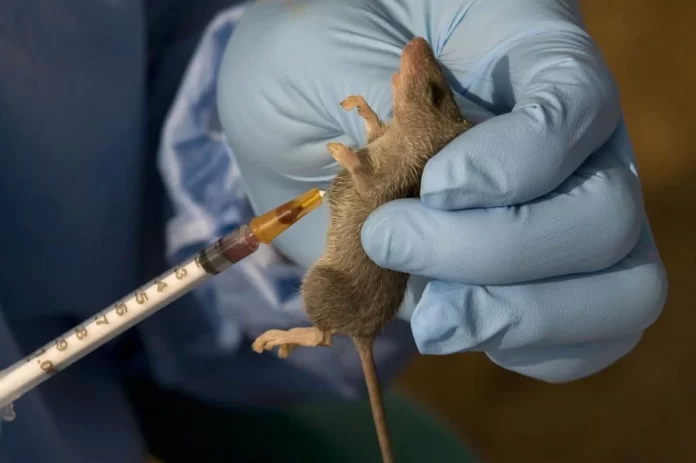By Blessing Otobong-Gabriel
Nigeria Centre for Disease Control, NCDC, has issued an alert over steady increase in Lassa fever cases.
Director-General of the centre, Dr Jide Idris, who disclosed this during a press briefing, said the agency had continued to see a steady increase in the number of states reporting Lassa fever cases.
According to him, “This rise is due, in part, to improved surveillance, better community awareness, environmental degradation from climate change and other harmful human activities.”
In 2022, Nigeria reported 1,067 confirmed cases across 27 states and 112 local government areas, while in 2023, 28 states and 114 local government areas reported confirmed cases, with 9,155 suspected cases, 1,270 confirmed cases and 227 deaths.
As of October 13, according to Idris, there was 8,569 suspected cases, 1,035 confirmed cases and 174 deaths across 28 states and 129 local government areas.
The director-general explained that the disease is also associated with significant loss of livelihood in the communities it ravages. Heads of households are unable to work when exposed to Lassa fever and when other household members are infected, the cost of care and treatment which is often significant strains existing household income pushing them toward poverty in a swift turn of events.
Idris hinted that Lassa fever outbreaks are highly virulent and the loss of human lives resulting from the disease are not just statistics, but represent the death of beloved family members, spouses, parents. Healthcare workers are also not excluded, as there is a high chance of infection if proper infection prevention and control measures are not observed and experienced healthcare workers may die, straining the country’s already insufficient human resources.
“While we continue to intensify efforts using an all-of-society approach, the public is hereby advised to note that the virus spreads through direct contact with urine, faeces, saliva or blood of infected rats, contact with objects, household items and surfaces contaminated with the urine, faeces, saliva or blood of infected rats, consuming food or water contaminated with urine, faeces, saliva or blood of infected rats.
“Person-to-person transmission can also occur through direct contact with blood, urine, faeces, vomitus and other body fluids of an infected person.
“Lassa fever initially presents like other common illnesses accompanied by fever such as malaria. Other symptoms include headache, general body weakness, cough, nausea, vomiting, diarrhoea, muscle pains, chest pain, sore throat, and, in severe cases, bleeding from ears, eyes, nose, mouth, and other body openings. The time between infection and the appearance of symptoms of the disease is three to 21 days. Early diagnosis and treatment greatly increase the chances of patient survival.
“Those most at risk are people of all age groups who come in contact with the urine, faeces, saliva or blood of infected rats, people living in rat-infested environments, those who consume potentially contaminated foodstuff, especially those left open overnight or dried outside in the open, people who handle or process rodents for consumption and people who do not perform hand hygiene at appropriate times,” he said.





